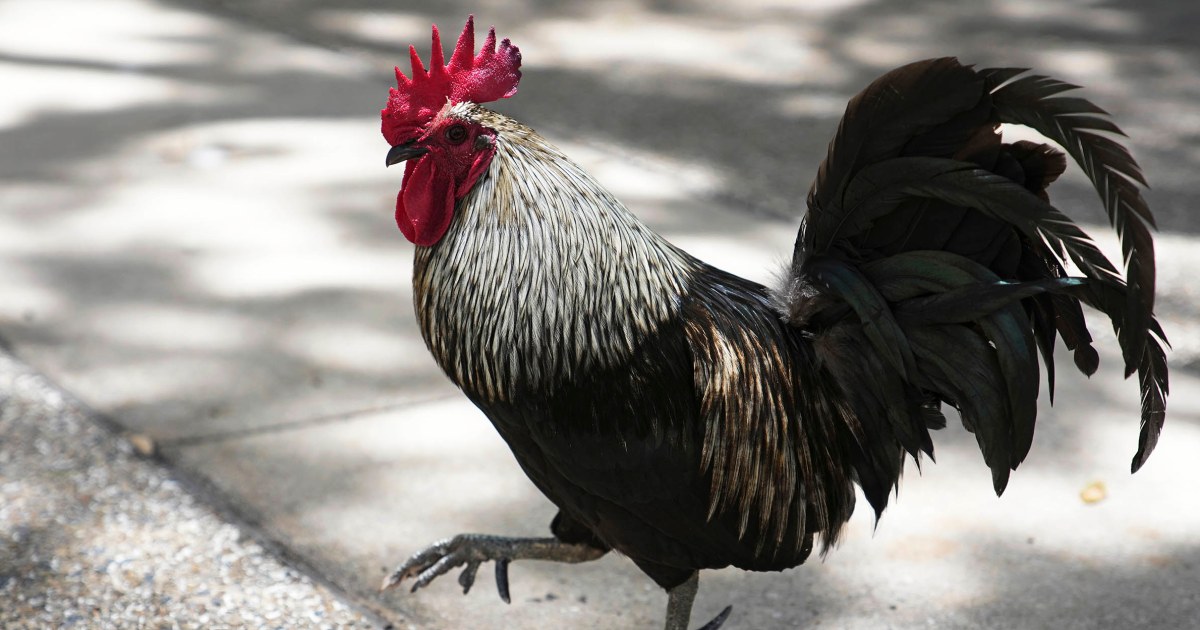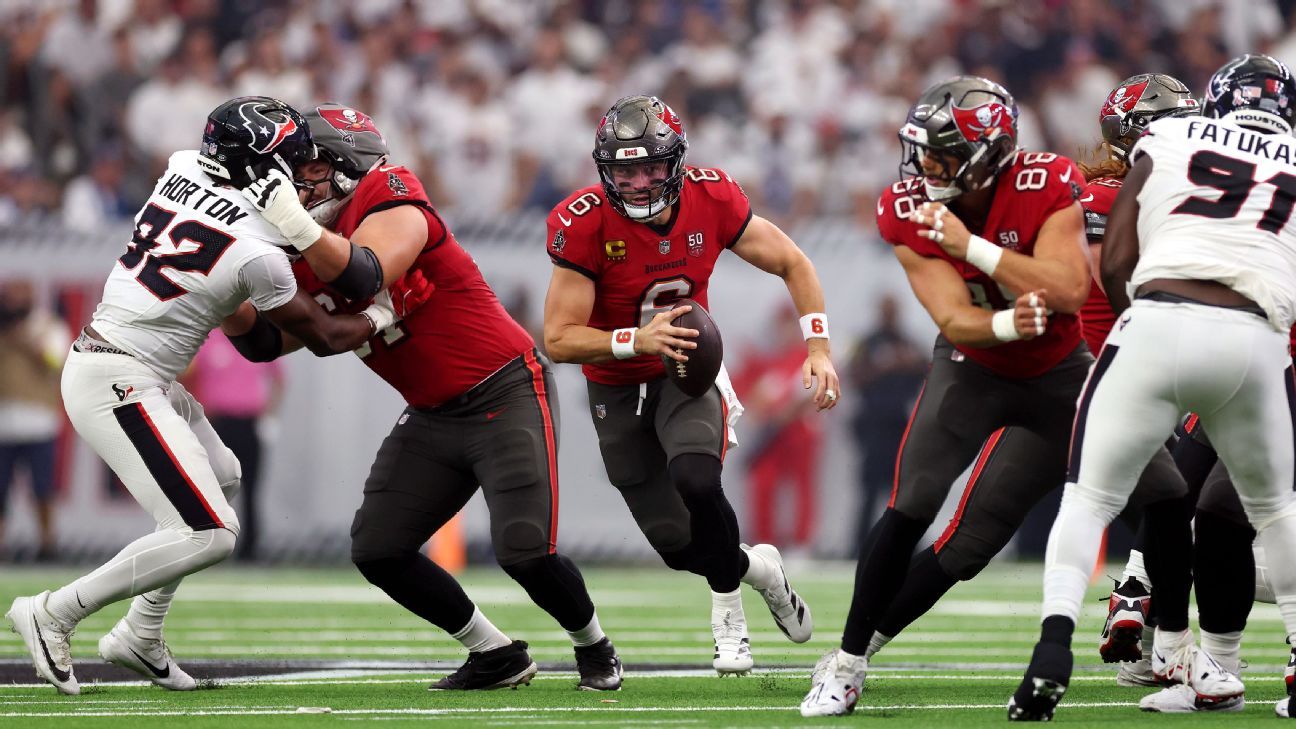Wild chickens take over Miami while some embrace roosters as a cultural symbol

But Miami’s Little Havana truly adopted the birds as a symbol in 2002 when 6-foot fiberglass rooster statues began appearing outside shops and restaurants along Calle Ocho, which is Spanish for 8th Street, as part of a campaign to celebrate the area’s culture.
More than two decades later, dozens of the colorfully painted statues, designed by the late artist Pedro Damián, continue to attract tourists seeking fun photo opportunities.
Owner Jakelin Llaguna of Little Havana Visitors Center, a souvenir shop along Calle Ocho, said the community is largely fond of the avian inhabitants, which forage around local businesses and parks.
“The neighbors have welcomed them,” Llaguna said. “So they don’t mind if they’re in their backyard or in their front lawn. Nobody messes with them, they’re our mascot.”
Llaguna said the roosters’ crowing at sunrise symbolizes renewal.
“The Cubans came to Little Havana when the revolution came into Cuba,” Llaguna said. “They settled in this neighborhood, so they had a new beginning in Little Havana.”
Llaguna’s store is filled with rooster merchandise, including shirts, hats, glasses and magnets.
“Everybody wants a rooster,” Llaguna said. “They want to take home a memento. They want have a memory of a fun time. And the rooster has turned into that.”
Uncertain future
As the feral roosters spread, they might soon face competition from the invasive peacocks that have taken over neighboring communities like Coconut Grove and Coral Gables.
“The peacocks have very bad tempers,” George said. “They’re pretty ill-mannered, and they tend to be a lot bigger than the chickens, and they make a lot of noise.”
But George is more concerned that development and gentrification in older neighborhoods could eventually lead to the disappearance of their feathered residents. When 50-year-old houses are replaced with brand new condos, George isn’t sure whether people spending over $1 million for a home are going to tolerate the loud birds.
“Even with hurricane windows, I just don’t think a lot of these people are gonna put up with it as the neighborhood becomes richer.” George said. “And I think they’re gonna really lean on the city’s code enforcement for it.”
The legal status of the roosters and chickens is somewhat murky. Both the city of Miami and Miami-Dade County have ordinances that either strictly regulate or completely ban live poultry in residential areas. Meanwhile, the birds freely roam downtown among offices, public parks and courthouses.
Asked about the birds, both city and county officials described their presence as a code compliance issue and referred The Associated Press to their live animal ordinances.
[title_words_as_hashtags



